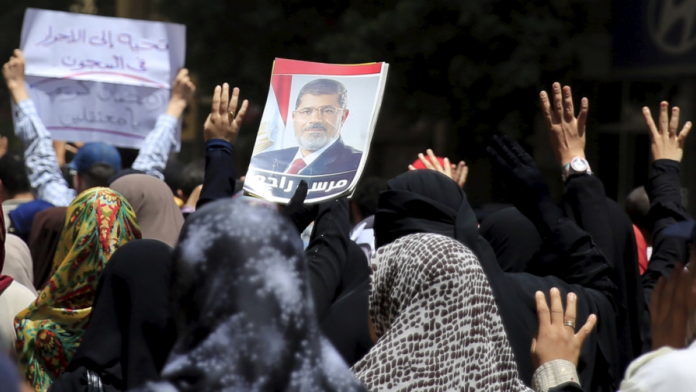Author: Khalil Al-Anani
Affiliation: Arab Center Washington DC
Organization/Publisher: Arab Center Washington DC
Date/Place: Nov 3, 2021/ Washington DC, USA
Type of Literature: Article
Word Count: 1813
Link: https://arabcenterdc.org/resource/egypts-muslim-brotherhood-old-problems-and-new-divisions/
Keywords: Muslim Brotherhood, Ibrahim Mouni, Mahmoud Hussein, Movement, and Divisions
Brief:
The Muslim Brotherhood has been facing challenges since 2013 in Egypt, the author arguing that the conflict started between its members Ibrahim Mounir and Mahmoud Hussein over the inner control. The issue began with Mounir suspending six of the most important members in the movement, who then made a declaration to dismiss Mounir from his place. But Mounir has acted as if it never happened, and has charged Hussein and his supporters of wanting to take control over the movement. Mounir is in London where he lives and works as acting leader, and Hussein is in Istanbul along with several suspended leaders who have been in exile since Egypt’s 2013 military coup. Hussein has deepened his control of the movement over the past eight years through his involvement with handling finances and media, but because of Mounir’s supervision of the international network over the past five decades he has gained the support of the youth in the Brotherhood movement due to his symbolic and historical role. The division among the movement is as old as its beginnings, but have increased over time as the movement’s members now argue over who to follow in addition to the usual arguments about which political strategies and tactics are correct. According to some movement members, Hussein has used Mounir as a “rubber stamp” for his own purposes in the movement. The biggest problems for the Brotherhood is that its leaders and obedience to their directions have been the source of the movement’s power, but now there are inner struggles between leaders and their anti-union, and the movement’s members are fighting between themselves while they already have external problems to solve. The author identifies the issues that the movement is facing: first, the administrative rigidity and the lack of flexibility; second, the movement lacks standards of openness and liberty; third, the absence of a well-coordinated plan for dealing with inner and outside threats; finally, the isolation of the youth in the movement. The author ends by talking about the challenges that the movement faces, like the separation of its members all over the world and the lack of control over them, and how the movement can help in releasing its thousands of members (especially senior leadership tiers) from prison in Egypt. The Brotherhood is acting in an environment that is opposed to them, and that will remain until they figure out firstly their inner conflicts.
By: Sohaila Osama Oraby, CIGA Research Intern




